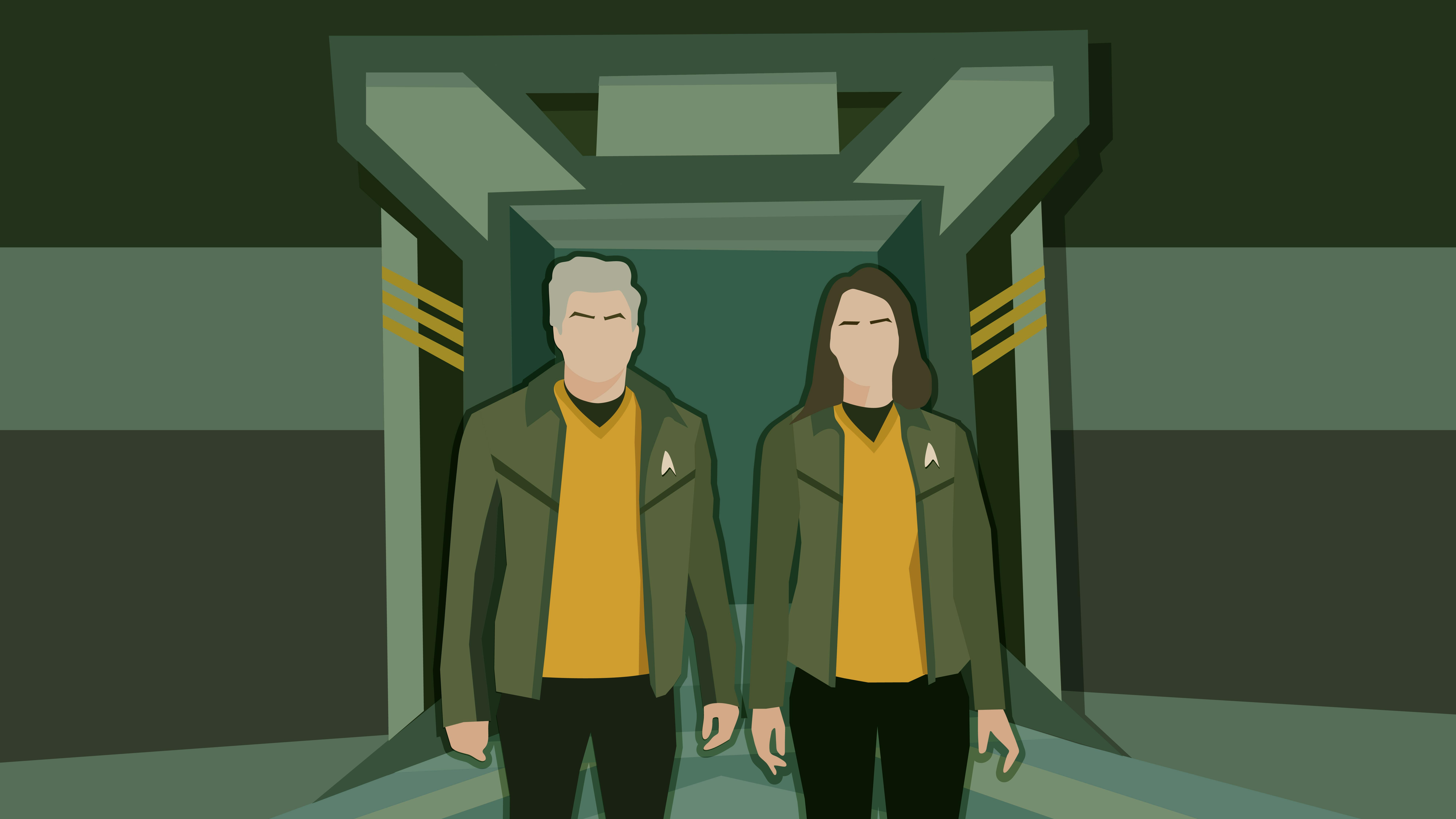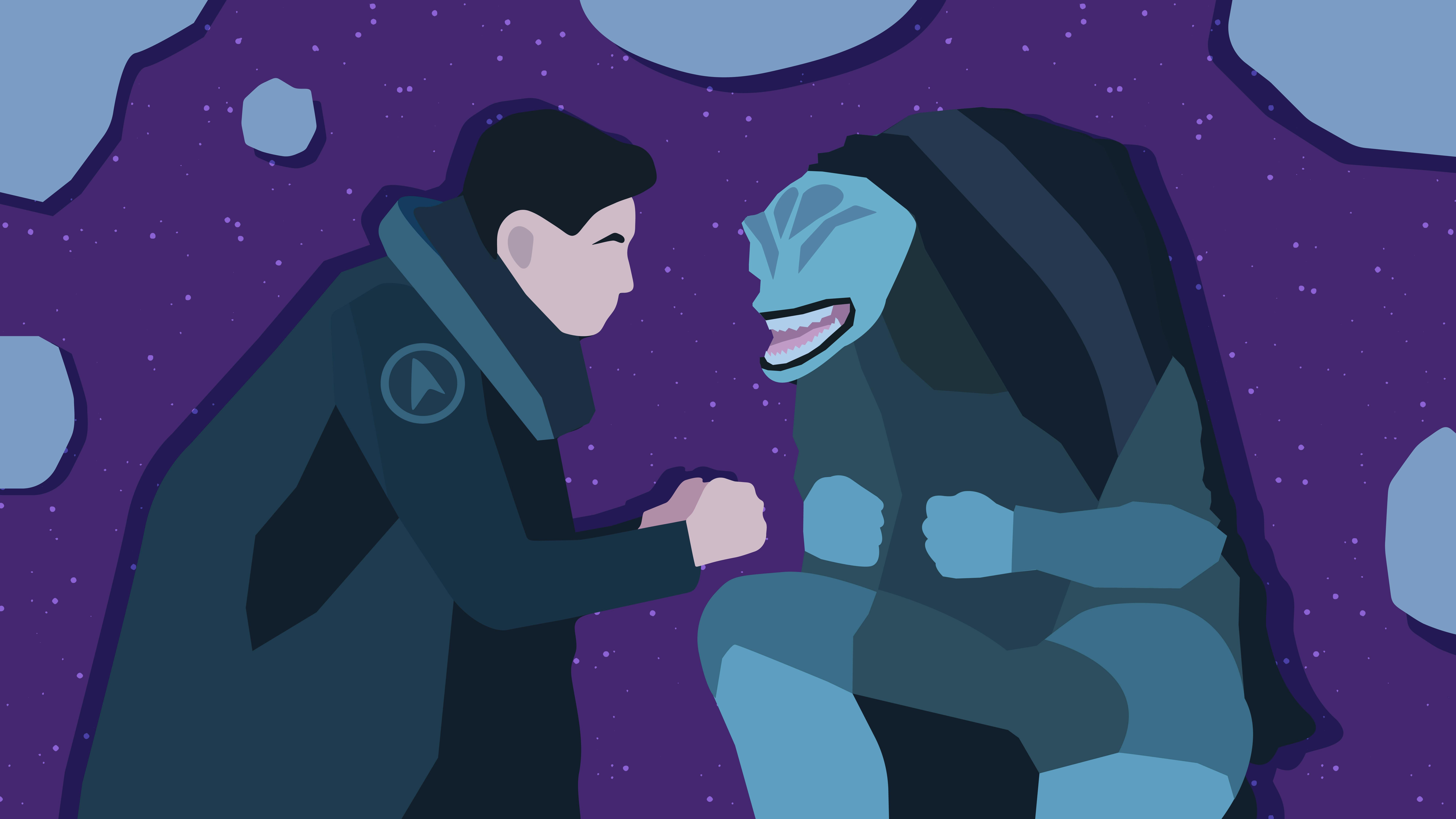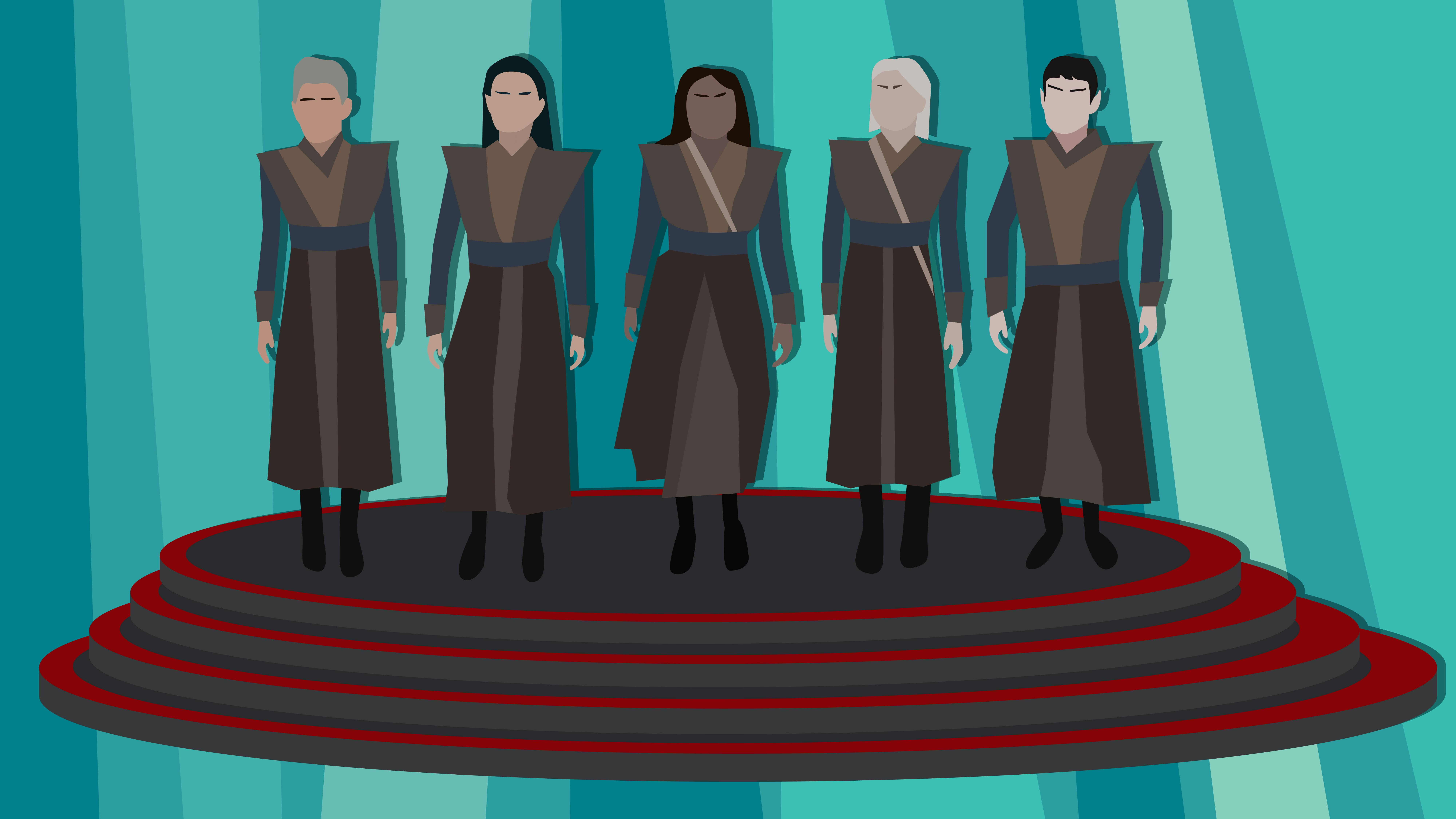Published Oct 7, 2020
What Awaits Discovery in the 32nd Century?
We’re piecing together the Star Trek timeline ahead of Discovery’s third season!
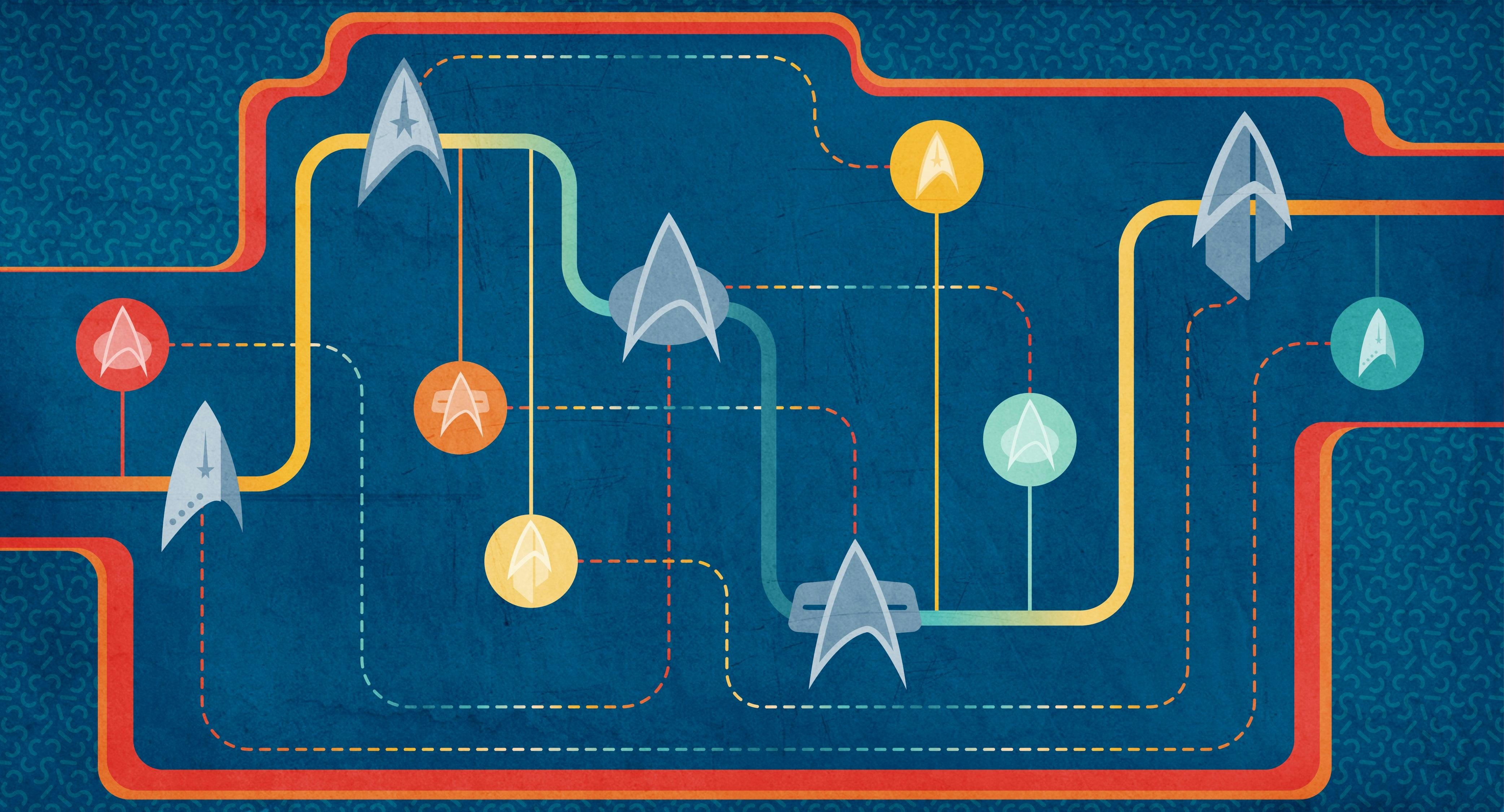
StarTrek.com
Star Trek has always been about exploring the future. But on October 15, Star Trek: Discovery will truly go where no one has gone before when the third season begins. For the first two seasons, Discovery was set in the 23rd century, under a decade before the events of Star Trek: The Original Series. But when we meet our crew again, we'll be watching them navigate the unknowns of the 32nd century — nearly a millennia into the future.
An Exclusive Clip From Star Trek: Discovery, Season 3
It was a necessary sacrifice, because the artificial intelligence known as Control needed the Sphere data stored on Discovery to fully become sentient. To prevent that from happening, Michael Burnham used the Red Angel suit to create a one-way wormhole to bring Discovery to the future, and most of Discovery’s crew decided to go with Burnham even though it meant that they could never see their friends or family again.
While the period between Discovery’s second and third seasons is nearly 1,000 years, previous Star Trek films and TV series have already filled in some of that gap. We may not know everything that happened in that time, but we do have some idea of how things played out over the centuries. But first, let’s catch up with a few key figures that Discovery left behind.
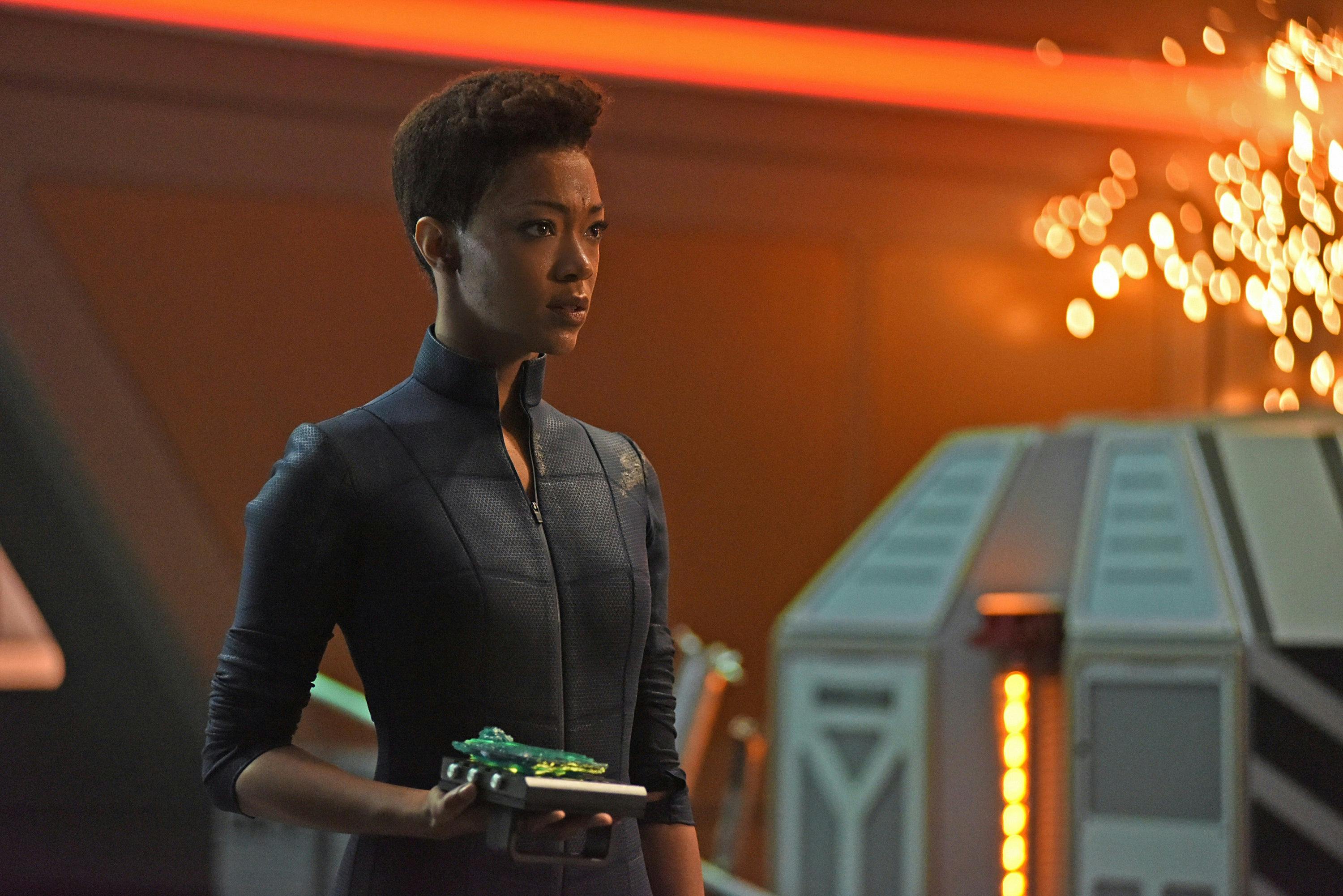
StarTrek.com
The upcoming series, Star Trek: Strange New Worlds, will chronicle Captain Pike’s post-Discovery adventures on the Enterprise before his severe physical injuries led Spock to take him back to Talos IV to live with the illusion of his restored health in "The Menagerie, Parts I & 2.” Spock’s ultimate fate is a bit more complex. As revealed in Star Trek Beyond, Spock died in 2263 of the Kelvin timeline, having lived 134 years since he last saw his foster sister, Michael. Spock’s unplanned trip back in time helped create the Kelvin timeline in Star Trek (2009), and he never returned to his own timeline.
Back in Star Trek: Discovery, it was Spock’s idea to keep the fate of the Discovery and its crew a secret, under penalty of treason. As far as we can tell, Spock fulfilled that pledge even when he finally told James Kirk and Leonard McCoy about his estranged half-brother, Sybok, in Star Trek V.
Michael was also forced to leave behind Ash Tyler, the Klingon called Voq and turned human, who had come to love her. In Michael’s absence, Ash was offered command of Section 31. Further records of Ash’s life beyond that point are not currently available. But we do know that Section 31 melted into the shadows of Starfleet after the disastrous incident with Control. By the time of Star Trek: Deep Space Nine, Section 31 was entirely off the books and even senior Starfleet officers had no idea it existed. How much of that was due to Ash’s tenure as the head of Section 31?
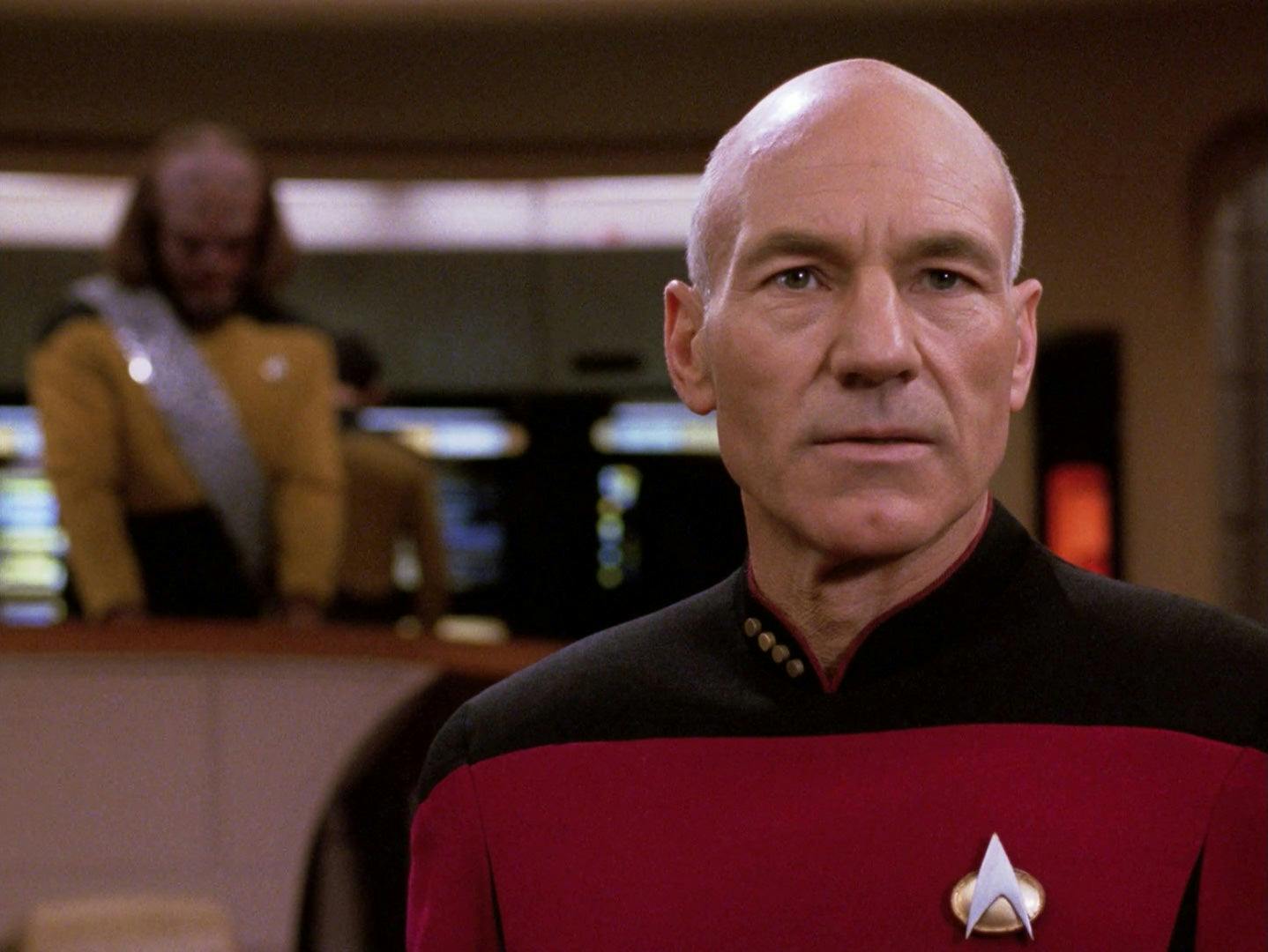
StarTrek.com
Star Trek: Picard has given us a glimpse of the Prime timeline’s future after the destruction of Romulus in Star Trek (2009). But it was an episode of Star Trek: The Next Generation that established that time travel will become more commonplace in the centuries ahead. In “A Matter of Time,” Jean-Luc Picard and his crew encountered Berlinghoff Rasmussen, a man who claimed to be a historian from the future. But in reality, Rasmussen was actually a resident of the 22nd century who had stolen the identity and the timeship of a real time traveler.
“Cold Front,” an episode of Star Trek: Enterprise, depicted Federation historians from 2769 who safely observed the construction of the Great Pyramid of Giza without disrupting the flow of the timeline. This was used to illustrate both the Temporal Accord, and the Temporal Prime Directive to avoid changing the past. That’s important, because the Star Trek franchise has established that history can be changed.
By the 29th century, the Federation was capable of creating timeships that could go to any era at will. In Star Trek: Voyager’s “Future’s End, Parts I & 2,” the crew encountered two timeships: the Aeon and the Relativity. Both ships were under the command of two different incarnations of Captain Braxton. But it was Relativity's Braxton who refused to return Voyager to Earth in its proper century while citing the Temporal Prime Directive.
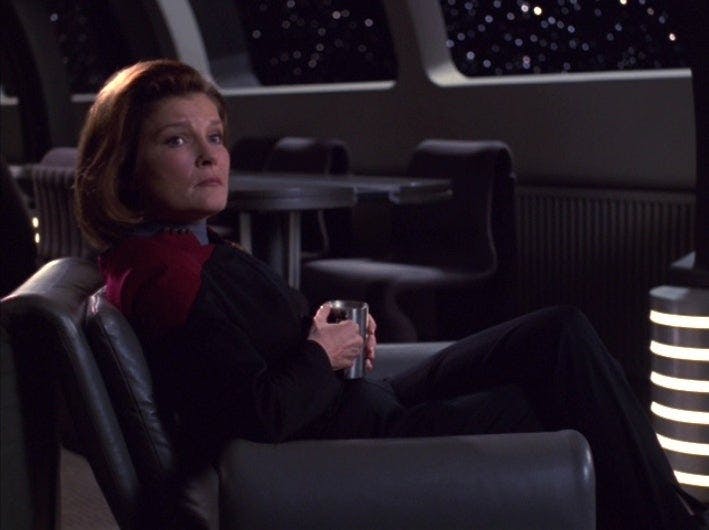
StarTrek.com
It’s notable that Admiral Janeway from 2404 went on to violate the Temporal Prime Directive in Voyager’s final episode, “Endgame.” To save members of her crew and get Voyager home several years early, Admiral Janeway came back in time and successfully convinced Captain Janeway to follow her lead. Admiral Janeway ultimately sacrificed her life to make that happen, but it’s unclear if her actions had far-reaching effects on the timeline.
Surprisingly, it was a prequel series, Enterprise, that revealed more about the far future of the Star Trek universe. According to that series, a Temporal Cold War played out for centuries between several different factions and alien races. The Federation (and their agent, Daniels, of the 31st century) had to contend with the Sphere-Builders from the 26th century, as well as the Na'kuhl from the 29th century. But the most enigmatic faction was led by an unnamed humanoid who originated in the 28th century. He directly communicated with Silik and the Suliban Cabal in 2121. However, the true identity of the Suliban’s benefactor has never been revealed on screen.
There is also some question about how much of the Temporal Cold War happened at all, since Captain Archer defeated Vosk and the Na'kuhl in “Stormfront, Parts I & 2.” But considering that the Xindi attack on Earth and the subsequent war in the Delphic Expanse were still orchestrated by the Sphere-Builders, it seems likely that the scars of the Temporal Cold War are still being felt.
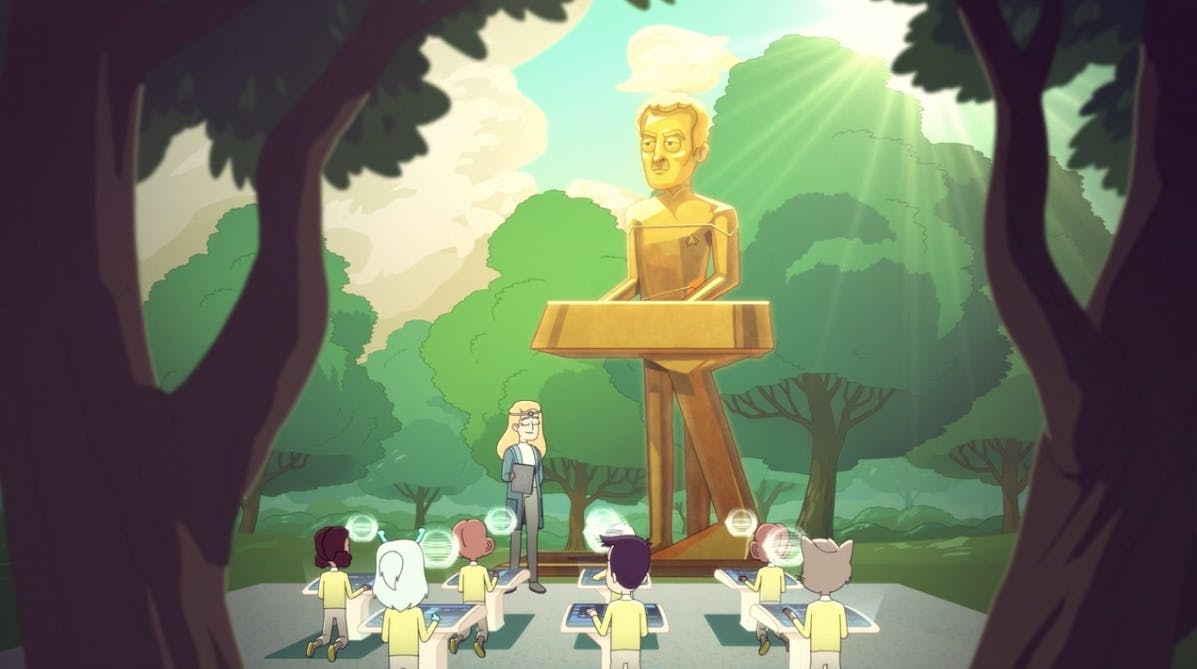
StarTrek.com
Star Trek: Lower Decks recently depicted a moment in the future that we can’t quite place yet. In “Temporal Edict,” fans learned that Brad Boimler made an unexpected impact on history during a school lesson set centuries after the events earlier in the episode. And for reasons that have yet to be explained (in canon), TNG and DS9’s Chief Miles O’Brien was then introduced to the school children as “the most important person in Starfleet history.” However, Mike McMahan did talk to StarTrek.com about his real world reasons for O’Brien’s statue.
More intriguing is the way the Short Treks episode, “Calypso,” revealed that Discovery is destined to be abandoned by its crew for nearly 1,000 years. If this takes place after Discovery season 3, “Calypso” could be set in the 41st century or beyond. All we know for sure is that the Discovery gained sentience in this period, and renamed itself Zora. The ship was also ordered to remain in position, which forced Zora to wait for a return that may never come.
The early trailers for Star Trek: Discovery season three suggest that the Federation has largely been forgotten and abandoned only a century after Daniels assured Captain Archer that the future was secure. That raises a few key questions. Did the Federation fall after Daniels’ time? Or was there another alteration to the timeline before Discovery’s arrival in the far future?
We’ll have to wait until Star Trek: Discovery returns on October 15 for the answers to unfold.
A Timeline Through the Star Trek Universe

